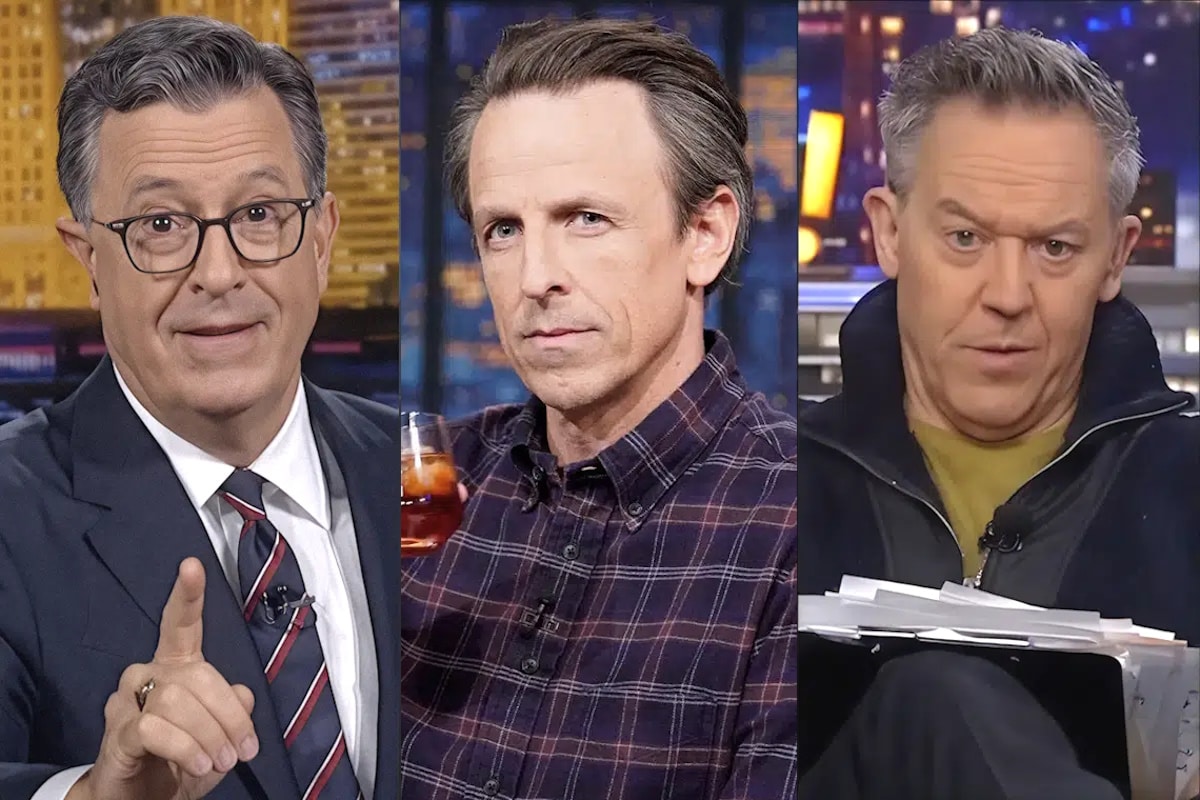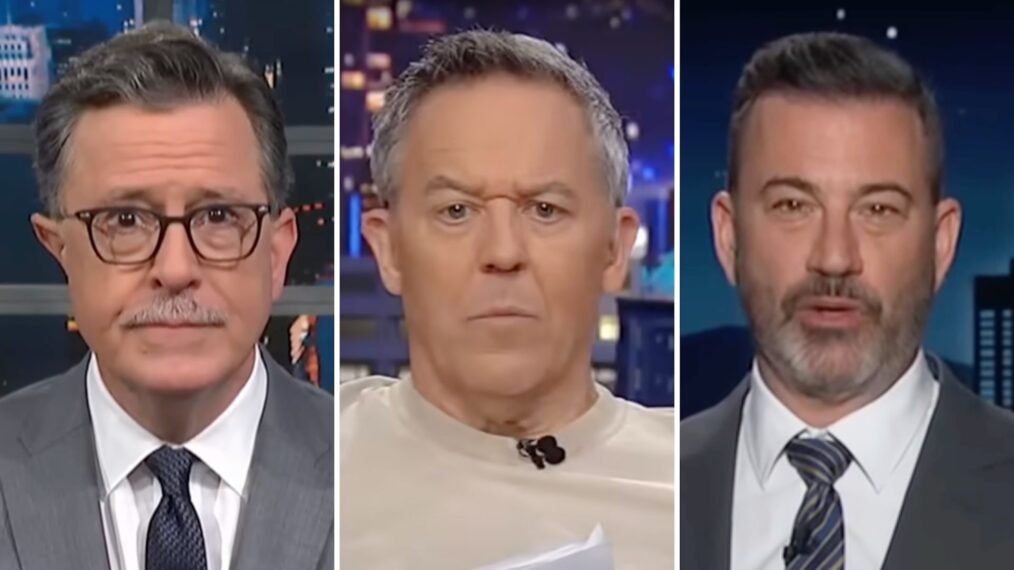
Editorial by Staff Writer David R. 9/23/25 2:30 PM MST
Jimmy Kimmel’s Back—But Sinclair’s Got Him on Mute. Disney’s $6.4B Faceplant Wasn’t Just About a Joke
Act I: The Suspension Heard ‘Round the Mouse House
On September 17, 2025, ABC suspended Jimmy Kimmel Live! after the host made incendiary remarks about the assassination of conservative activist Charlie Kirk. The backlash was swift—and not just from viewers.
Disney’s stock dropped $1.4 billion overnight. By the end of the week, it had shed $4.2 billion. And by September 22, the total loss hit $6.4 billion.
Was it the joke? The politics? Or the panic?
The truth is murkier. And the spin? Misleading.
Act II: The Misleading Math Behind Disney’s Meltdown
Social media lit up with claims that Disney lost $4 billion “overnight.” Reddit posts, Instagram stories, and Threads from Marvel stars like Mark Ruffalo amplified the narrative.
But Snopes clarified: the overnight drop was $1.4 billion. The $6.4 billion figure came after a week of cancellations, affiliate mutiny, and investor jitters.
Still, the misleading narrative stuck. And Disney’s silence didn’t help.
Act III: Sinclair’s Mute Button—Censorship or Corporate Leverage?
Sinclair Broadcast Group, which owns 39 ABC affiliates, refused to air Kimmel’s show unless he apologized and donated to Kirk’s nonprofit.
Disney reinstated Kimmel. Sinclair didn’t.
This wasn’t just a programming dispute. It was a power play. Sinclair flexed its affiliate muscle, and Disney blinked.
The misleading part? Viewers thought Kimmel was “back.” But in nearly 40 markets, he was still off the air.
Act IV: The Late-Night Lineup—Still Playing, Barely Performing
In 2025, the late-night landscape resembles a post-apocalyptic sitcom—familiar faces wandering through a format that forgot to evolve. Jimmy Kimmel, freshly reinstated after a suspension that cost Disney billions, is technically back on ABC. But thanks to Sinclair’s affiliate blackout, his reach is fractured. In 39 markets, he’s been replaced by reruns and local news, making his “return” more symbolic than substantial.
Stephen Colbert, once the liberal lion of CBS, was quietly canceled mid-year. Ratings had been slipping, and advertisers were growing weary of his increasingly niche appeal. Seth Meyers remains NBC’s steady hand—still hosting Late Night, still delivering dry monologues, and still somehow renewed through 2025. Jimmy Fallon, meanwhile, continues to helm The Tonight Show, buoyed more by nostalgia than relevance. His charm endures, but the cultural impact has faded.
Then there’s Greg Gutfeld, Fox’s late-night insurgent. Gutfeld! now leads in ratings, thanks to a loyal conservative base and a format that blends punchlines with punditry. Jon Stewart, the ghost of satire past, drifts in and out of The Daily Show as a guest host, offering flashes of brilliance but no consistent presence.
It’s a lineup that feels more like a museum exhibit than a movement. The hosts are still playing—but the audience? They’re barely watching.
Colbert’s cancellation was quiet. Fallon’s ratings are steady but uninspired. Meyers is the last liberal holdout. Gutfeld dominates with partisan punchlines.
And Kimmel? He’s the ghost in the machine.

Act V: The Format That Forgot to Evolve
Late-night talk shows follow a rigid formula:
- Monologue
- Celebrity interview
- Comedy sketch
- Musical guest
It worked in the analog era. But in 2025, it feels like a relic.
TikTok creators deliver punchlines faster. Podcasts offer deeper dives. YouTube clips outpace network virality.
The misleading promise of late-night? That it’s still relevant.
Act VI: Letterman’s Exit—The First Crack in the Veneer
David Letterman’s final bow
David Letterman didn’t retire. He retreated.
Ratings were down. The format was stale. And the audience had moved on.
CBS spun it as a graceful exit. But insiders knew: Letterman saw the iceberg before anyone else.
His departure was the first honest moment in late-night history.

Act VII: The Kimmel Controversy—Free Speech or Free Fall?
Kimmel’s monologue referenced Kirk’s death and mocked MAGA reactions. FCC Chair Brendan Carr called it “sick conduct” and threatened regulatory action.
Disney suspended Kimmel. Celebrities revolted. Viewers canceled subscriptions. And the stock tanked.
The misleading narrative? That it was “just a joke.” In reality, it was a flashpoint—political, cultural, and financial.
Act VIII: Disney’s $6.4B Gamble
Disney HQ
Disney’s decision to suspend Kimmel cost them $6.4 billion in market value. Streaming cancellations crashed their site. Protests erupted in Burbank.
Former CEO Michael Eisner called it “a failure of leadership.” Mark Ruffalo warned the stock would drop further if Kimmel was canceled.
Disney reinstated Kimmel. But the damage was done.
The misleading assumption? That reinstatement equals resolution.
Act IX: Where Does Late-Night Go From Here?
The format is fractured. The audience is fragmented. And the hosts are fighting ghosts.
Possible futures:
- Streaming migration: Stewart, Minhaj, and Bee pivot to platforms.
- Short-form dominance: TikTok replaces monologues.
- Political tribalism: Gutfeld vs. Meyers becomes cable redux.
- Audience fatigue: Viewers tune out—not in protest, but in boredom.
The misleading hope? That late-night can be saved.
Act X: The Reader Decides
So what’s the takeaway?
- Disney lost $6.4 billion—not overnight, but over a week of chaos.
- Sinclair muted Kimmel—despite reinstatement.
- The format is aging—and the audience knows it.
- Letterman saw it coming. Colbert couldn’t stop it. Fallon’s still smiling.
And Kimmel? He’s back. But not really.
Maybe late-night isn’t a format. Maybe it’s a fossil.
And maybe, just maybe, the real question isn’t “Who’s hosting?” but “Who’s still watching?”
The most misleading part of this entire saga isn’t just the suspension or the stock drop—it’s the illusion that reinstating Jimmy Kimmel resolved anything. Disney’s $6.4 billion faceplant, Sinclair’s selective censorship, and the crumbling late-night format all point to deeper fractures in how media, money, and messaging collide. At Misleading.com, our focus isn’t to tell you what to think—it’s to lay out the facts, the spin, and the silence so you can decide what’s really going on.





